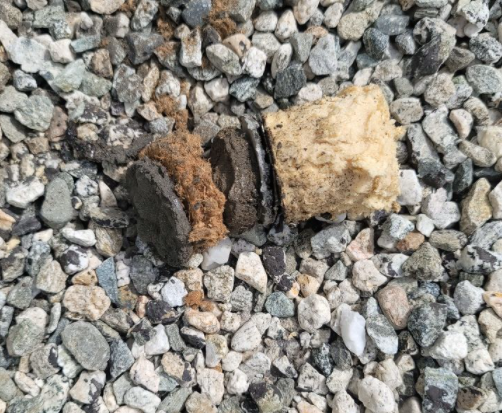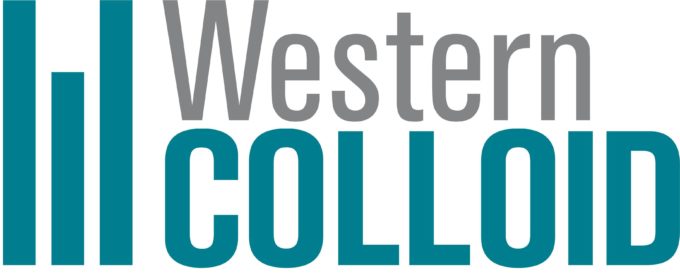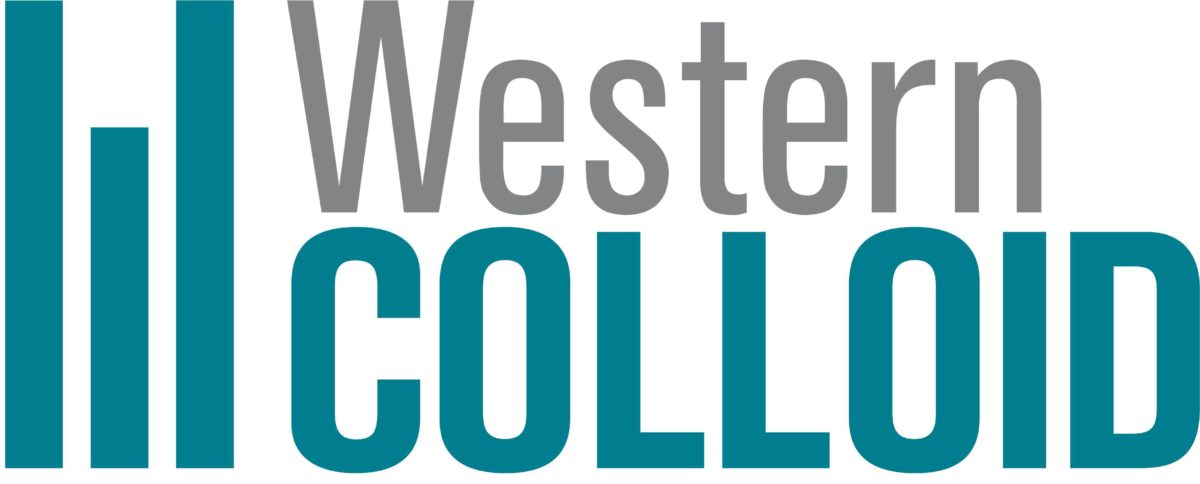
Identifying Roof Deck Damage
How can you apply a Fluid Applied Roof System on a roof surface if you don’t know if there is roof deck damage underneath?
This is a common question by consultants, building owners and contractors. The common practice is to always tear the entire roof off but that is wasteful because rarely is an entire roof deck damaged.
This article discusses how to find the answers, and solutions, to finding and repairing deck damage.
There is in fact several ways to find out if you have problems.
First, in the Western United states, roof deck construction is mostly plywood decks, and those, become soft and spongy, when the deck underneath is damaged. When you walk a roof for a roof evaluation you can see the roof deflections and ponding areas and you determine if the deck is soft underneath.
Another method is to inspect underneath the deck for leaks if you can get interior access. This helps by being able to pinpoint the leaks to narrow down where the damage is going to be.
There is another method preferred by specifiers and the consultants, to either fly a drone over or do some moisture testing. This is ideal but not always available.
Then we have the core cut sample that exposes the entire history of the roof. This allows inspection of specific areas without tearing too much of the roof off. You can do isolated core cuts around a suspected problem area, then you can evaluate down to the deck. Then it’s a matter of opening more of the roof up to inspect for the extent of the damage.
A good place to always inspect is the areas around drains and penetrations. These are common areas to have deck damage problems.
If you do find deck damage its normally a small area of a large project such as five or six squares out of a 200 square project or 500 square projects for example. A good contractor can open up a damaged area and if there’s two or three squares of soft deck that needs to be replaced, he might open up four or five around it to make sure everything is isolated. He will replace the deck with the appropriate decking material and then go back with a similar membrane, make it watertight, then the new fluid applied membrane goes over it over the whole system.
It’s a little different on concrete decks and metal decks that you find in the wet weather areas such as the Midwest and East Coast. Metal decking, for example, can be repaired, even heavy gauge metal decks. Once isolating the damage, a metal deck contractor can replace the damaged areas.
About 10 percent of the time a roof has been soaking up water with rotting wood or metal corrosion for 30 years and it’s not going to be a candidate. The contractor will have to tear it off and put something else on. Every roof cannot be saved but about 90% can be repaired and restored.
Keep in mind there may be wet insulation issues. Certain insulation can be holding water but that can be replaced or in some types of insulation, you can put vapor relief vent into that roof that allows it to dry out. In the west where there are wood decks, they tend to dry out over the period of the summer because there’s a lot of, air movement and moisture that can be drawn away through the wood and evaporated through the structure. A lot of the judgment will be in what type of insulation you find when you do a core cut, whether or not it’s going to hold in water.
You must be experienced and that’s part of working with a quality contractor who knows what they’re looking for. If they don’t, Western Colloid is here to help. That’s a big part of it is getting a contractor that’s comfortable looking at a roof and evaluating it. A roof isn’t just what you see on the surface. There’s so much more to a roof.
This is a big part of what our Western Colloid technical support people do. They’re out there every day walking roofs with contractors, with consultants, building owners, looking to see if it’s a candidate.
Like any good manufacturer Western Colloid is honest with our clients. We’re not just trying to just sell our system, we’re trying to make sure they get something that’s right for them, that they’re doing the right thing than just that one person walking that roof to make sure we give them the best option for their building.
It’s always a great solution to restore the roofs when you can. It reduces waste and keeps it out of the out of the landfill and more importantly it saves the building owner thousands. Our President Greg Hlavaty has a great analogy, “that we don’t tear up our floors and replace them. We refinish them, we recondition them, or we recover them. Your roof can be the same thing.”
Please contact Western Colloid about your next project and let our experience and expertise advise if your roof can be saved!


